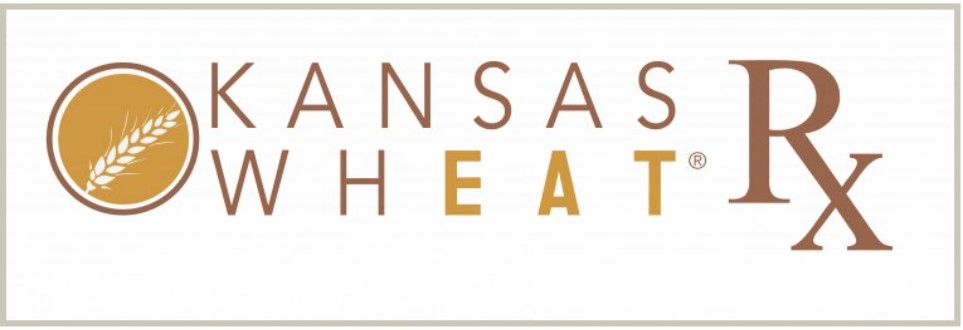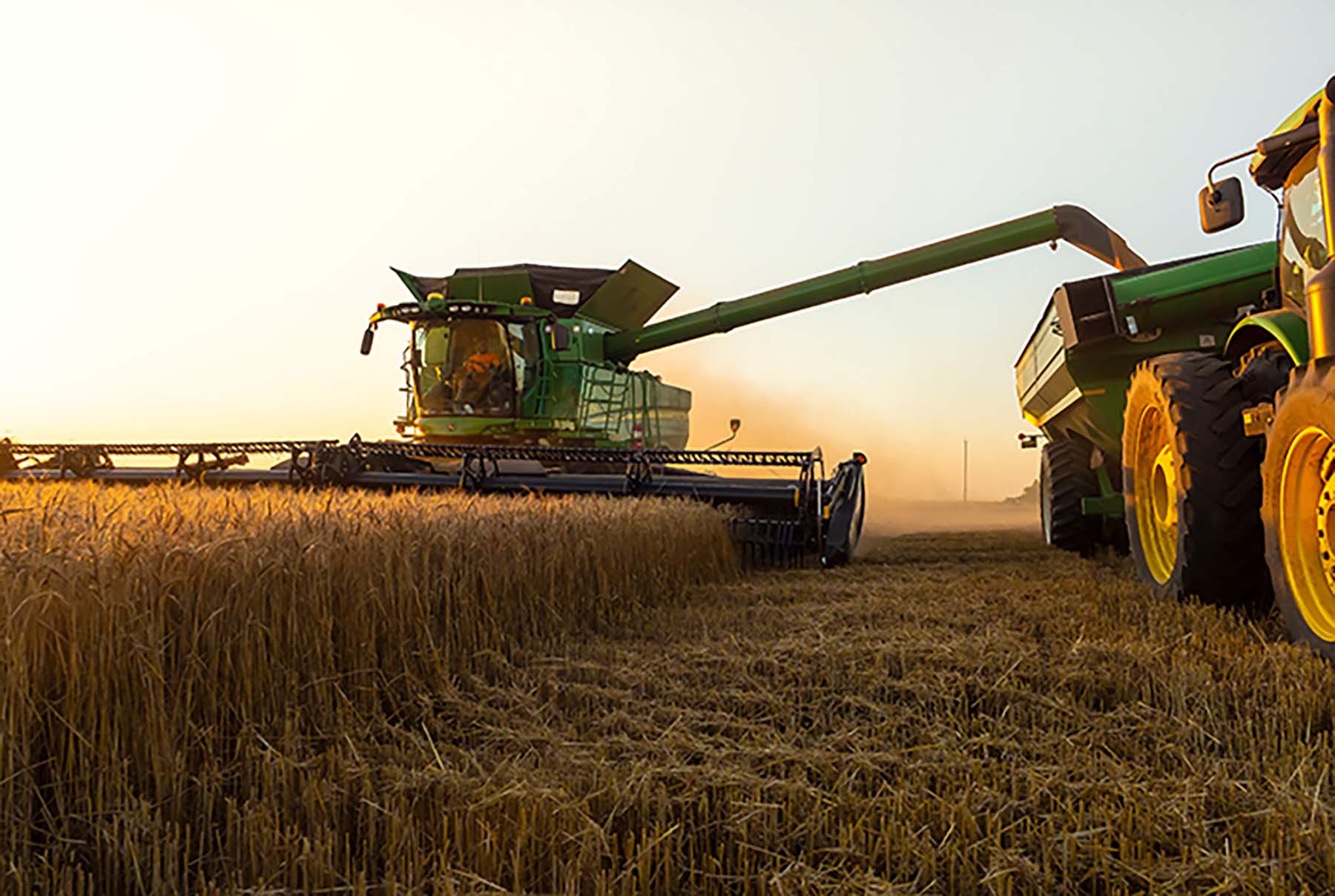A Prescription for Improving Wheat Quality and Yields
Wheat Letter recently reported on how improving U.S. wheat quality takes cooperation between people and industries around the world. Following up on the post about the Wheat Quality Council (WQC) meeting on Feb. 23, 2022, in Kansas City, Mo., this post is excerpted from a story in BakingBusiness.com about best management practices for growing more and improved hard red winter (HRW).
At the WQC meeting, U.S. Wheat Associates (USW) Vice President and West Coast Office Director Steve Wirsching emphasized that breeding wheat for higher yields and improved quality is crucial to continue serving domestic and overseas wheat buyers.
Growing wheat is often challenging, but recent adverse environmental conditions have made the venture even more so. Extreme drought and sometimes high winds without rain to relieve parched fields have ravaged the nation’s hard red winter wheat growing regions.
Breeding Protects HRW from Bad Weather

Justin Gilpin, CEO, Kansas Wheat
Justin Gilpin, Chief Executive Officer of Kansas Wheat, noted at the WQC meeting that as of late February, 85% to 90% of U.S. HRW were growing under drought conditions, based on USDA and U.S. Drought Monitor data. He showed most wheat crops across the hard winter wheat belt was rated poor to very poor, although conditions have improved slightly since then. At the same time, Gilpin suggested that the winter wheat surviving the drought was doing so because of its quality, proving that plant breeders’ investments have been worth the effort invested in public breeding programs by farmers, universities and governments.
Quality and Yield
The BakingBusiness.com article continued with a summary of regional and national programs to help farmers maximize wheat quality as well as its yield. One of the most recognized programs is the annual National Wheat Yield Contest, which is coordinated by the National Wheat Foundation [USW is a co-sponsor of the contest]. And while the word “quality” is missing from that title, it is certainly a component of the contest, said Gilpin. Trying to bridge the gap between wheat producers and users, the contest now aims to recognize high-yielding and industry-desired high-quality wheat.
Another initiative dedicated to helping farmers produce high-quality wheat with high yields is the Kansas “Wheat Rx” program, a partnership between Kansas Wheat and Kansas State University Research and Extension.
Stronger Flour Needed
“The importance of management and ‘Wheat Rx’ as the prescription for high-yielding and high-quality wheat are, together, the new priorities for wheat production in the state,” Gilpin said. He added that U.S. flour millers want to supply higher quality, stronger flours for bakers, a desire shared by overseas millers.

Kansas Wheat Rx is a prescription for economical and sustainable production of high-yielding and high-quality wheat.
At the WQC meeting, Kansas Wheat Vice President of Research and Operations Aaron Harries and Kansas State University Research and Extension Agronomist Romulo Lollato shared their insights and research from the collaborative program. They said the Kansas Wheat Rx focus is to help producers identify the best wheat varieties for their specific environment and production practices.
For centuries, wheat has fed the world. Ensuring strong and high-quality varieties through modern plant breeding, along with maximizing yield potential, will sustain wheat’s role in feeding future generations.


